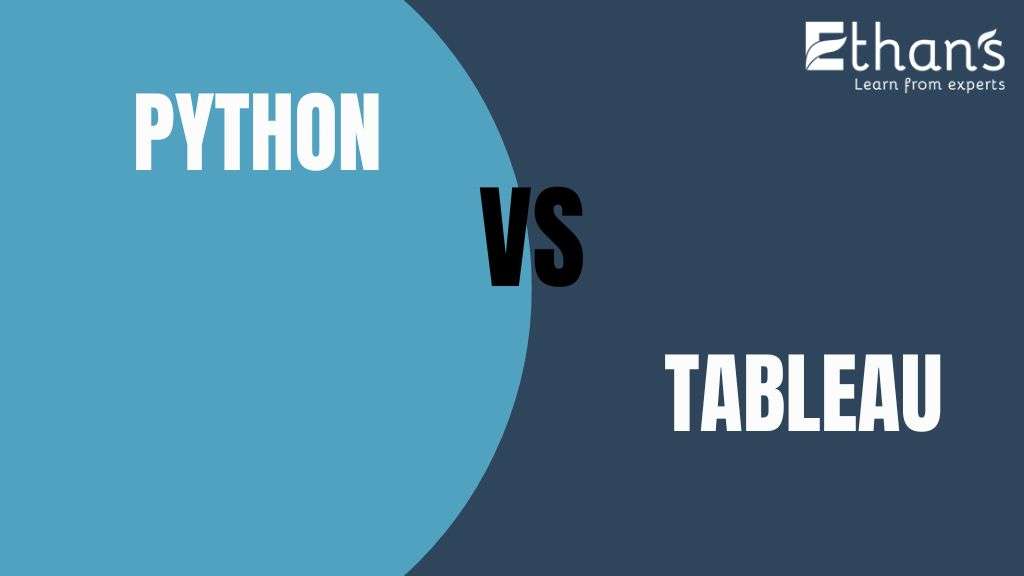In today’s fast-paced digital world, data is the backbone of decision-making processes. Whether you’re running a small business or managing a large enterprise, harnessing the power of data can give you a competitive edge. With the abundance of data available, it’s essential to have the right tools to analyze and present it effectively. In this article, we delve into the comparison between Python and Tableau, two popular platforms that offer powerful capabilities for data visualization. Join us as we explore the strengths, use cases, and key features of both Python and Tableau, enabling you to make an informed decision on which tool best suits your needs.
Python: Empowering Data Analysis and Visualization
Python, a versatile programming language renowned for its simplicity and flexibility, has gained immense popularity in the data science and analytics community. It provides a robust ecosystem of libraries and frameworks that make data manipulation, analysis, and visualization a breeze. Let’s take a closer look at some of the advantages Python brings to the table:
Extensive Libraries for Data Visualization
Python boasts an extensive collection of libraries, including Matplotlib, Seaborn, and Plotly, which enable developers and data scientists to create stunning visual representations of data. These libraries offer a wide range of customizable charts, graphs, and plots, empowering you to convey complex information in a visually appealing manner.
Seamless Integration with Data Analysis Tools
One of Python’s greatest strengths is its ability to seamlessly integrate with popular data analysis tools such as NumPy, pandas, and SciPy. These libraries provide powerful data manipulation and analysis capabilities, allowing you to preprocess and transform raw data before visualizing it. Python’s integration with these tools streamlines the entire data analysis pipeline, making it a preferred choice for data professionals.
Flexibility and Customizability
Python’s versatility enables users to have complete control over their visualizations. From customizing colors, fonts, and styles to creating interactive dashboards and web applications, Python offers endless possibilities for tailoring visualizations to meet specific requirements. Its flexibility empowers users to unleash their creativity and produce visually stunning outputs.
Tableau: Empowering Visual Analytics
Tableau, on the other hand, is a leading data visualization tool trusted by businesses worldwide. Renowned for its user-friendly interface and intuitive drag-and-drop functionality, Tableau allows users to transform complex data into compelling visualizations effortlessly. Let’s explore why Tableau is a powerhouse in the field of visual analytics:
Intuitive Visual Interface
Tableau’s strength lies in its intuitive visual interface, which requires minimal coding knowledge. With a simple drag-and-drop approach, users can create interactive dashboards and reports, making data exploration and analysis accessible to a wide range of users. Tableau’s user-friendly design enables business users to leverage data visualization without relying heavily on technical expertise.
Seamless Data Connectivity
Tableau provides seamless connectivity to a variety of data sources, including databases, spreadsheets, and cloud-based platforms. This enables users to connect directly to their data, regardless of its location, and visualize it in real-time. With Tableau’s robust data connection capabilities, users can effortlessly work with large datasets and derive insights instantly.
Advanced Analytics and Collaboration
Tableau goes beyond traditional data visualization by incorporating advanced analytics features. With built-in statistical functions, forecasting capabilities, and the ability to create calculated fields, Tableau empowers users to perform in-depth data analysis within the same platform.
Additionally, Tableau’s collaborative features allow teams to share insights, annotations, and visualizations, fostering a data-driven culture within organizations.




